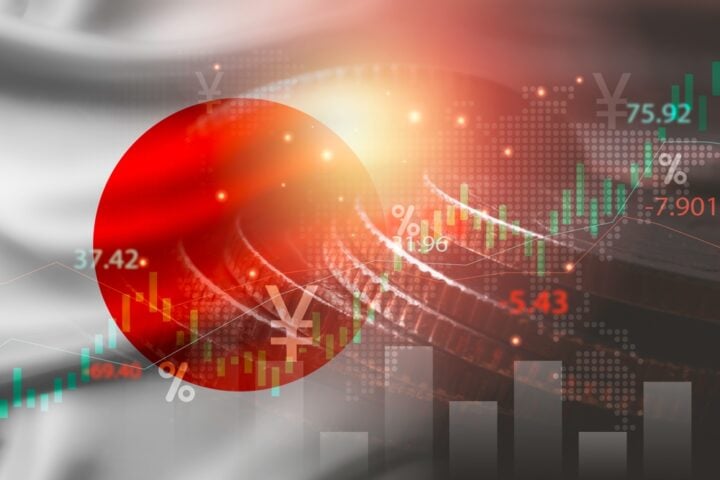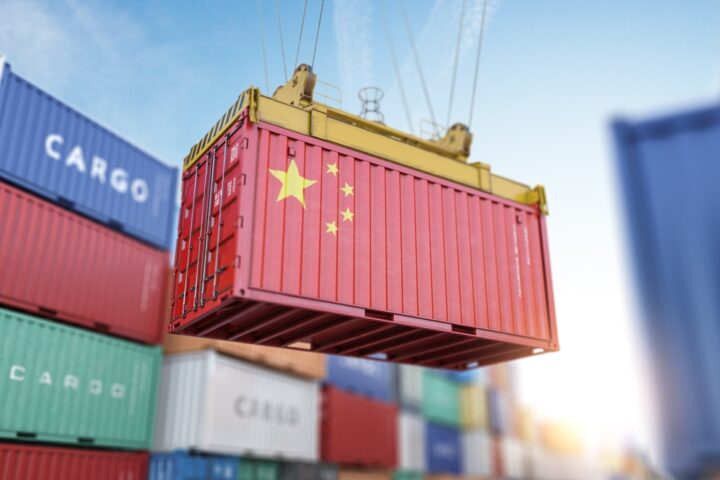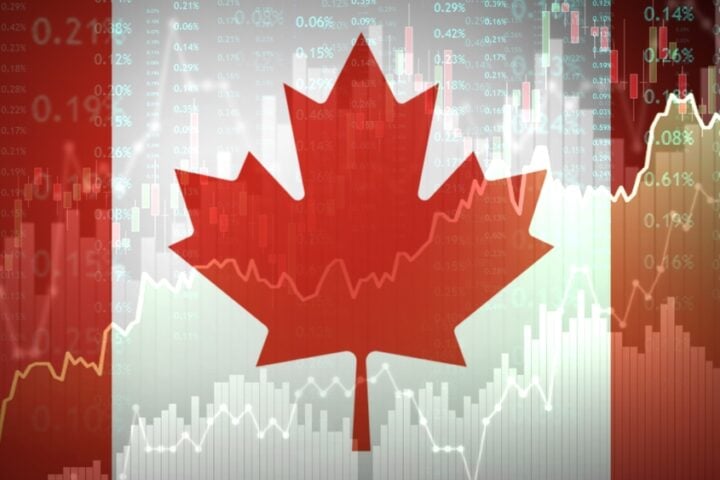China’s Struggle with Domestic Oversupply and Declining Demand
China’s economy is grappling with growing weakness, compounded by its response to external shocks, particularly tariffs. As international demand for Chinese goods wanes, Beijing has urged exporters to shift focus inward. However, this strategy has created excess supply in the domestic market, where consumer demand remains sluggish, leading to a troubling deflationary spiral.
Deflation Takes Hold in China
Deflation is no longer a distant threat in China—it is becoming a reality. After barely staying positive for much of 2023 and 2024, consumer prices have now dropped for two consecutive months. Producer prices have also fallen for 29 months straight, with the most recent data showing the sharpest drop in four months. This persistent decline is driven by oversupply and weak demand, creating a dangerous economic loop.
The Dangers of Domestic Overproduction
Redirecting unsold exports to the domestic market at steep discounts may seem like a short-term solution, but it weakens pricing power, reduces profits, and sets the stage for further cost cuts. E-commerce giants like JD.com have committed billions to support this strategy, but the long-term risks are clear. The country’s job market remains under pressure, and the property sector is still struggling, leaving consumers hesitant to spend even as prices fall.
Impact on Business Profitability and Employment
As companies cut prices to move excess stock, their margins shrink, leading to tighter hiring plans and lower wages. These outcomes are already evident in China’s economic data, where businesses are operating defensively and consumers are holding back on spending. The economic loop of falling prices and declining demand continues to tighten.
Global Impact of China’s Economic Struggles
China’s internal economic issues have broader global implications. The country’s shift away from external trade and toward internal absorption is disrupting global supply chains and trade relationships. If China’s deflationary trends continue, they will put pressure on trading partners, raise competitive tensions, and undermine global economic forecasts.
The Need for Targeted Stimulus
Despite calls for stimulus, China’s response has been slow and cautious. Price declines that continue unchecked can lead to a deep restructuring of consumer and business behavior, with long-term effects on investment and spending. The key to sustaining growth now is not a broad injection of capital but targeted measures to support private sector confidence, restore price stability, and recalibrate domestic demand engines.
A Critical Moment for Beijing’s Response
What’s unfolding in China is the early phase of an economic transition with significant risks. However, the tools to manage this transition exist. The question is whether Beijing will act decisively before deflation becomes entrenched and its economic impact deepens.







